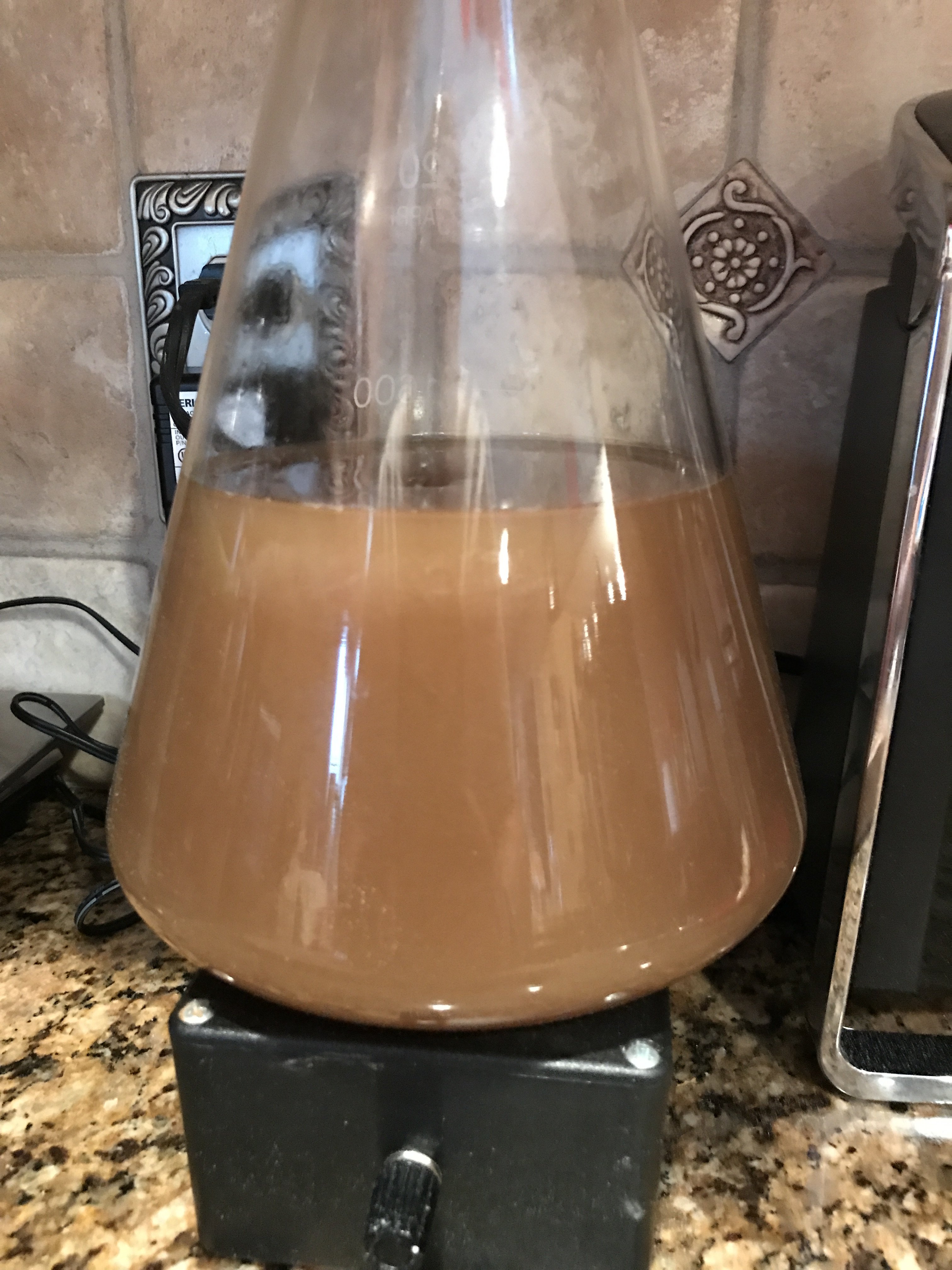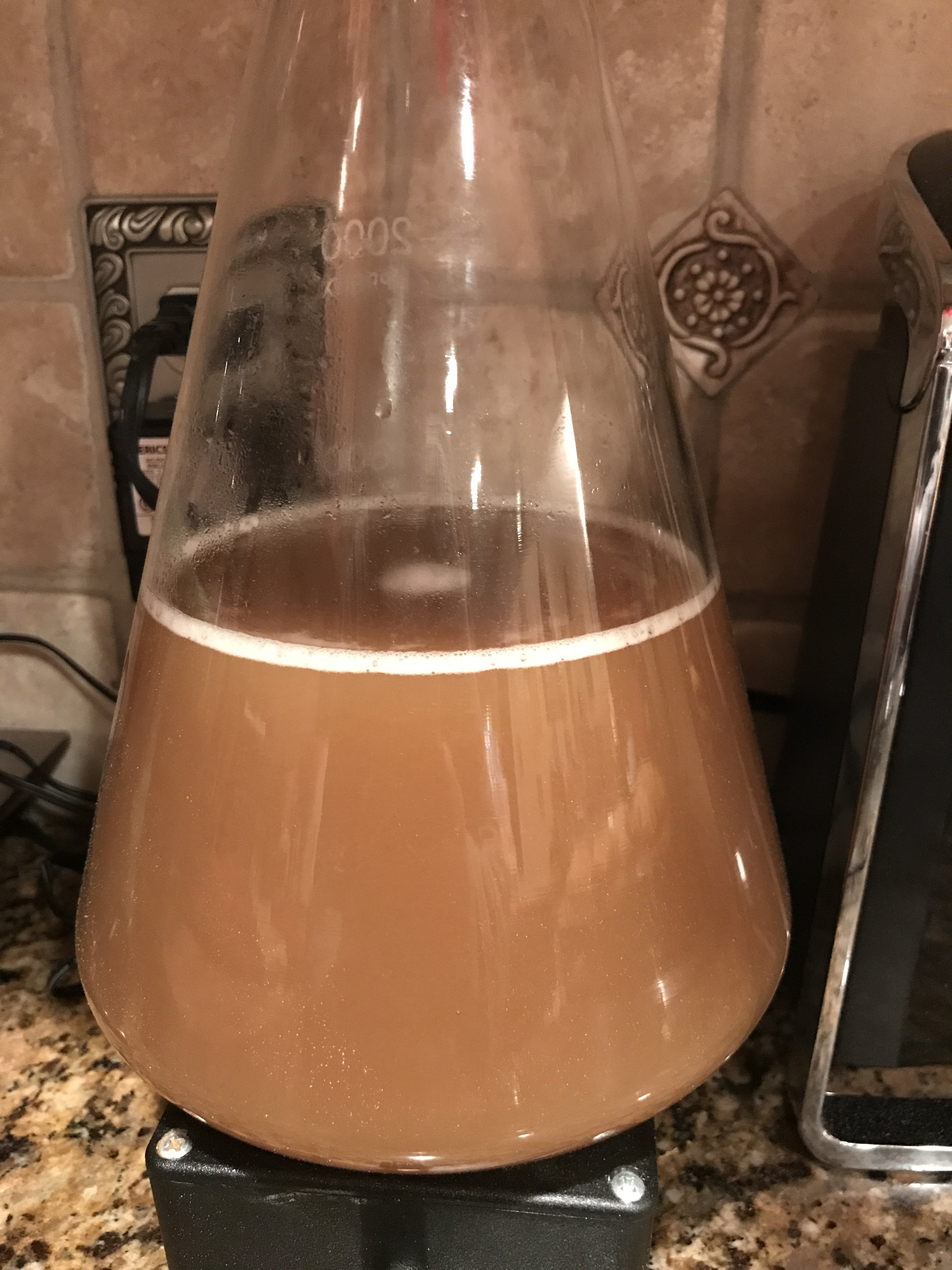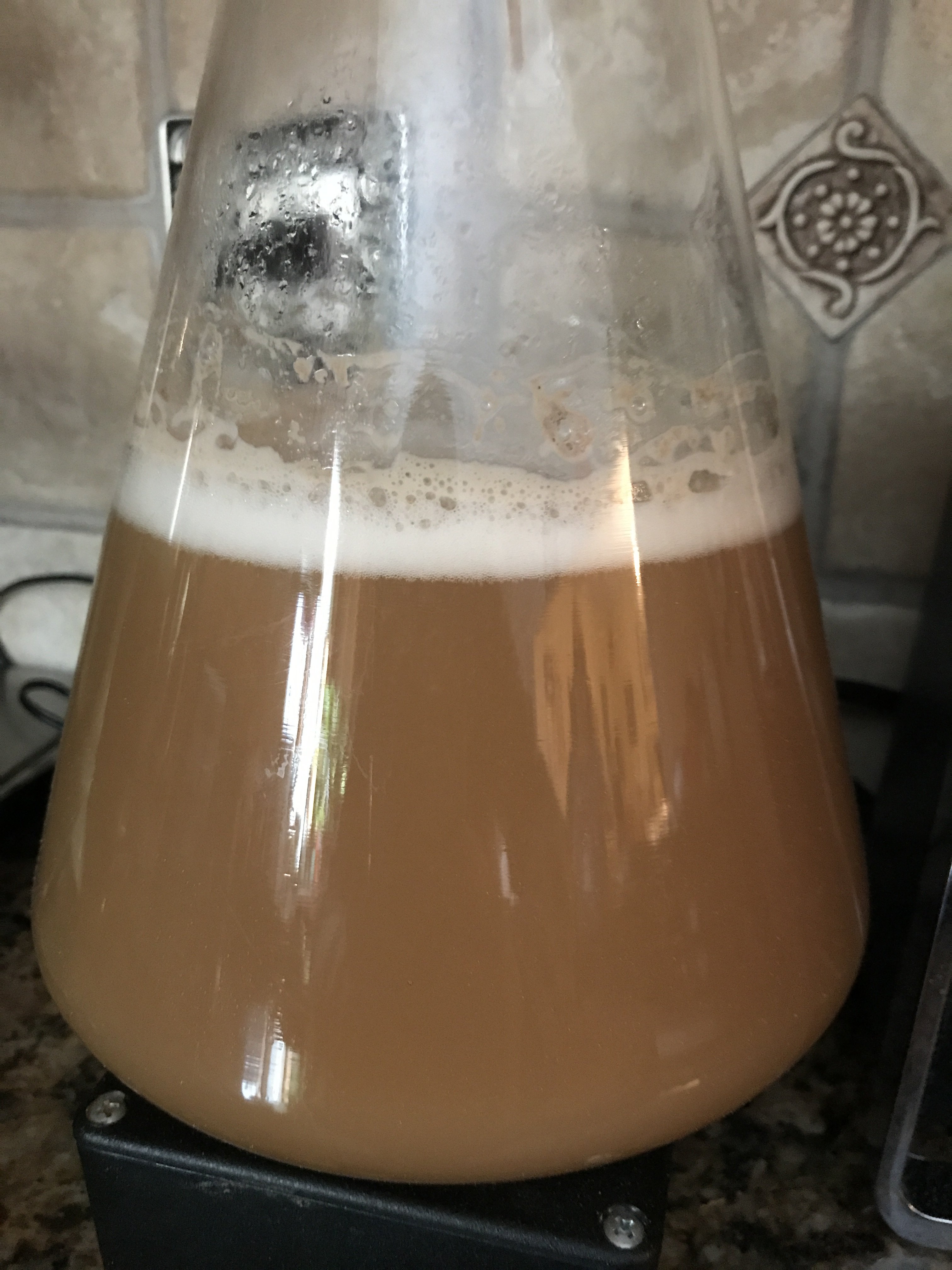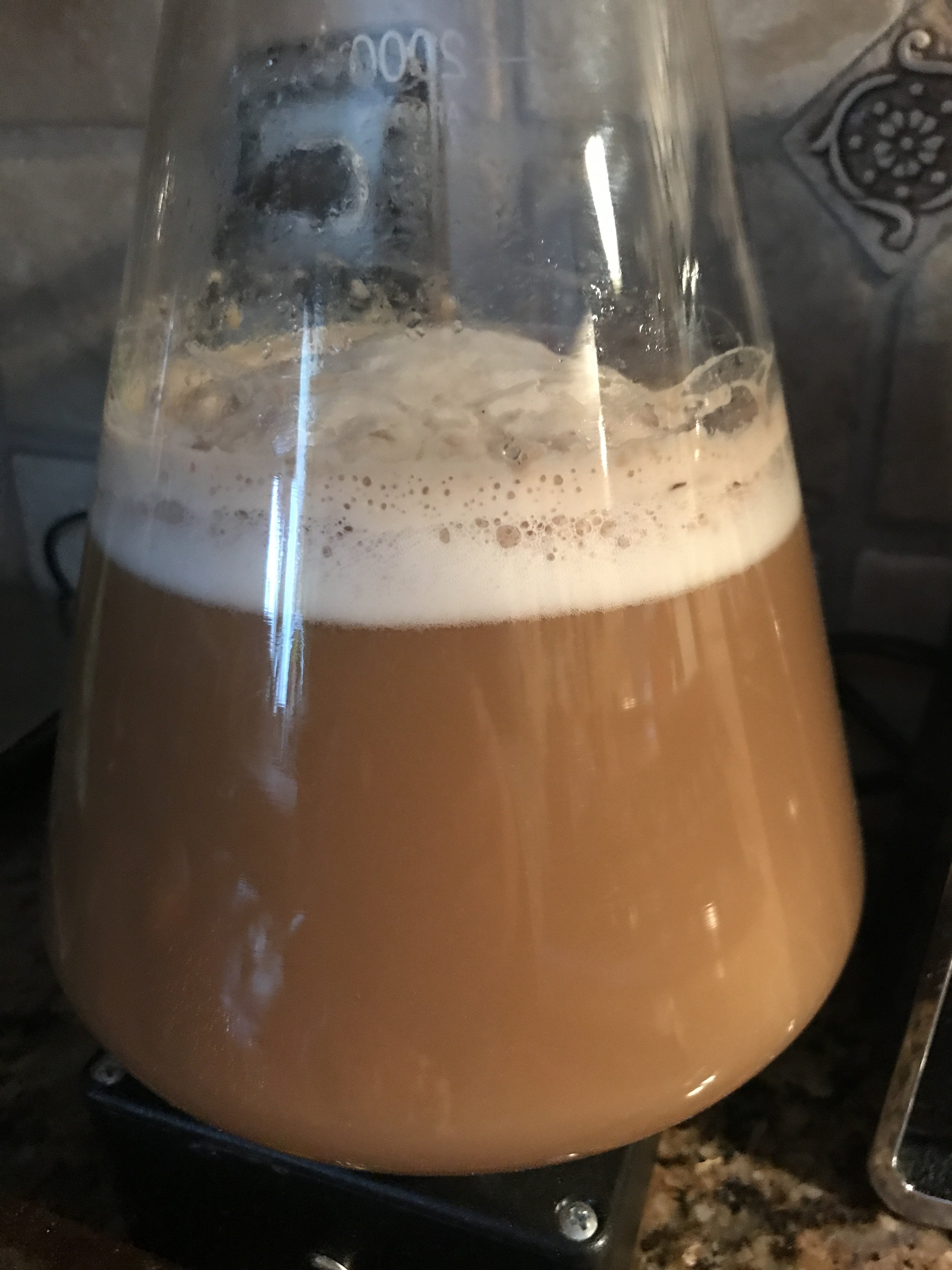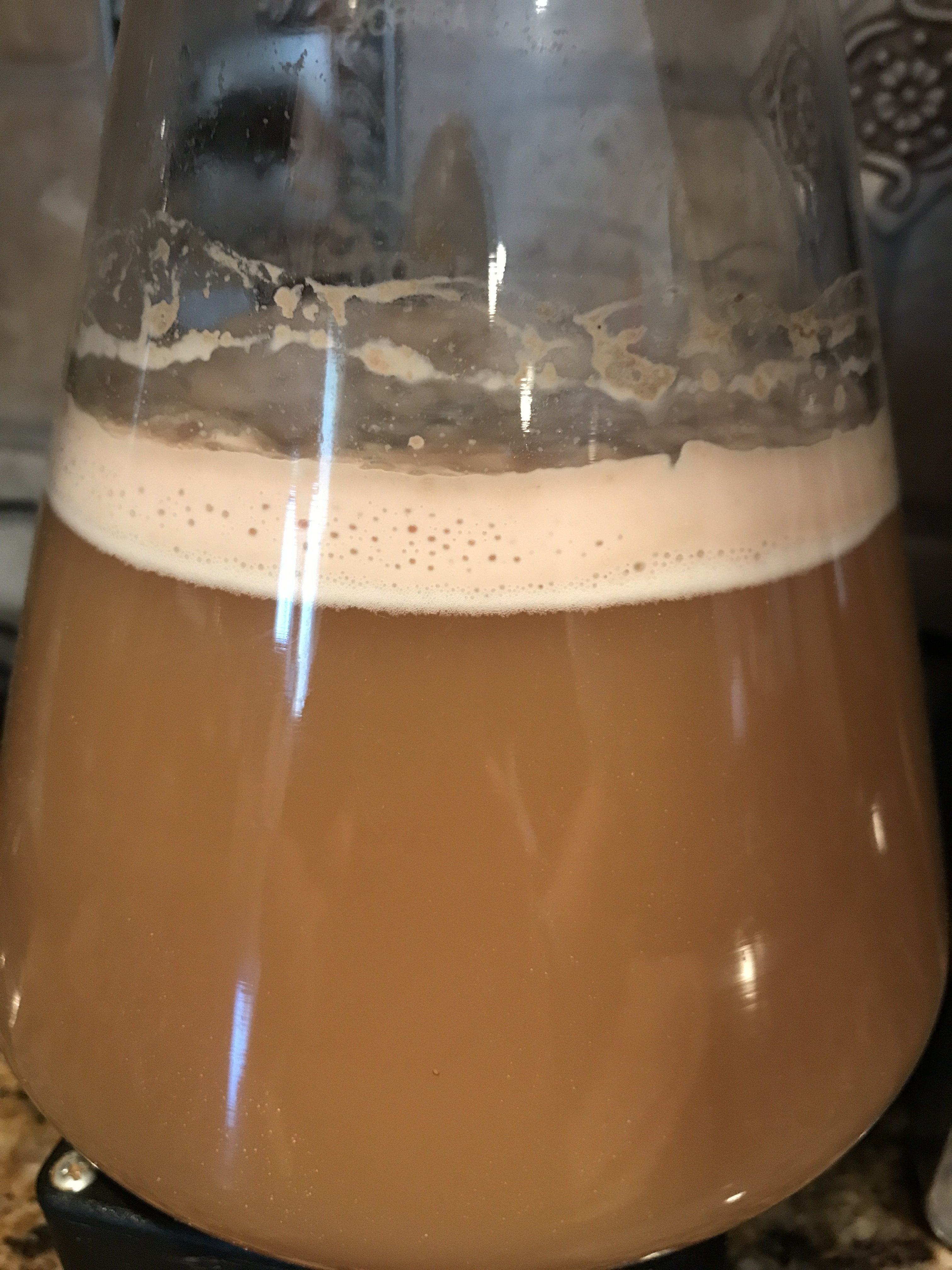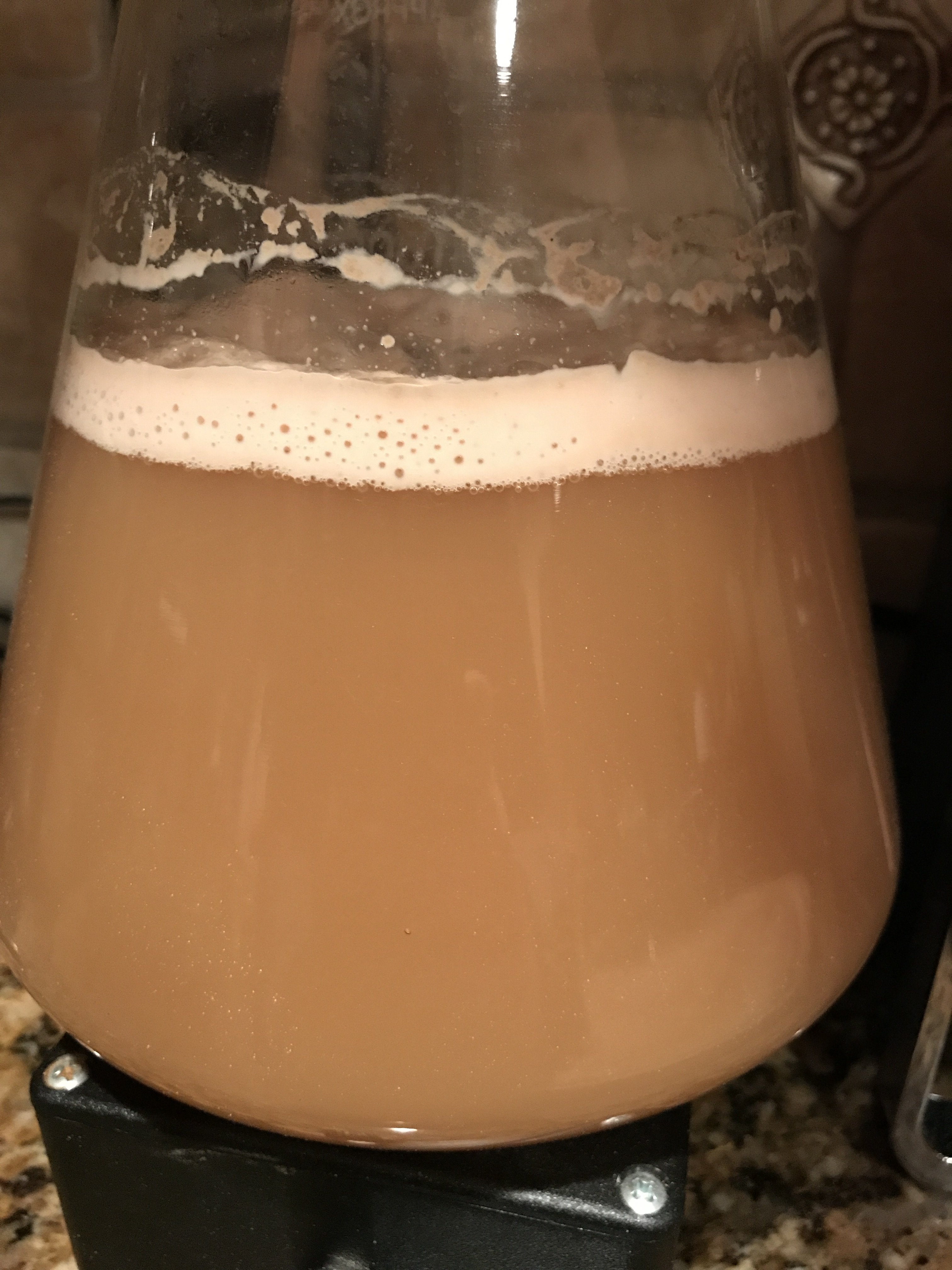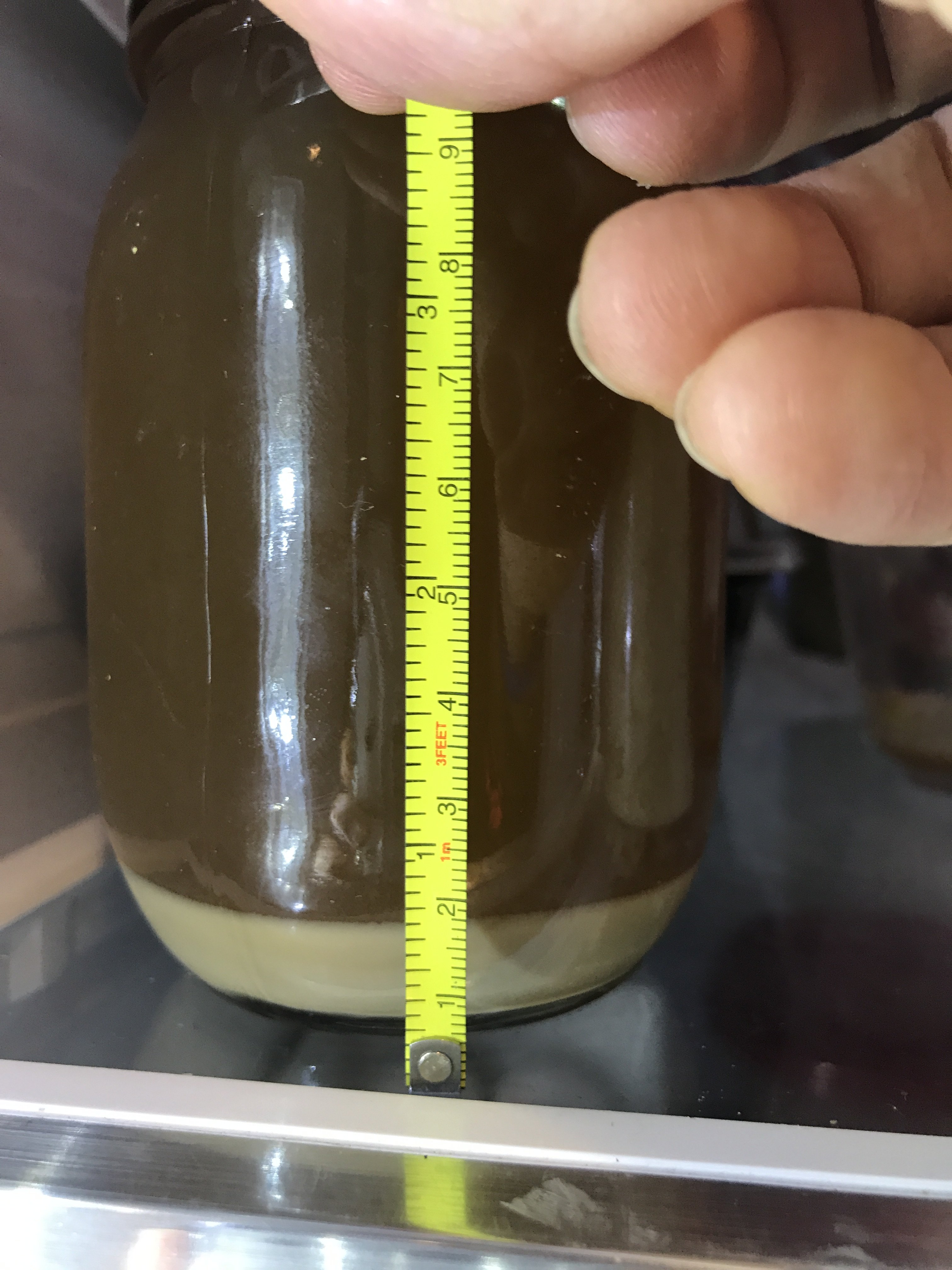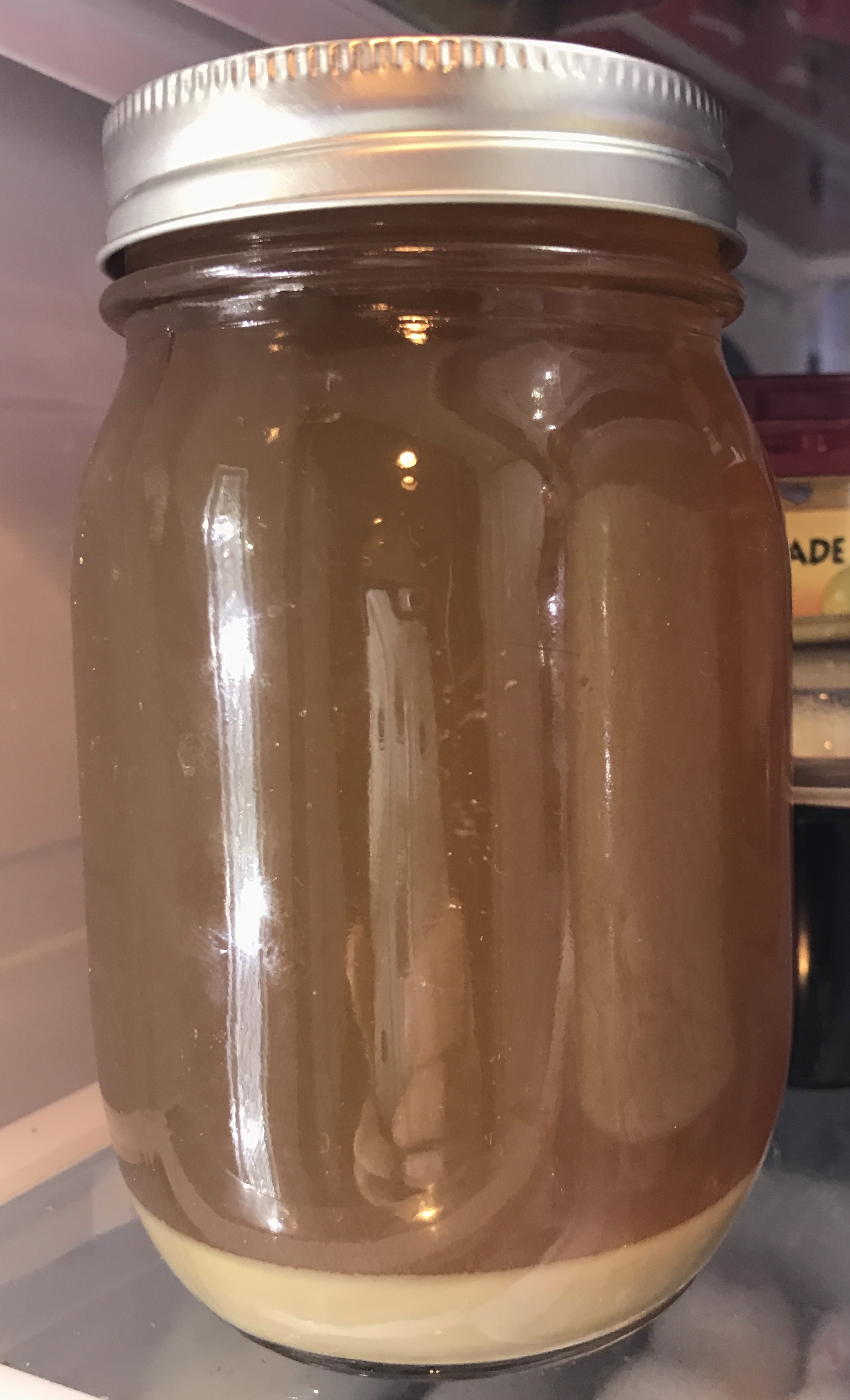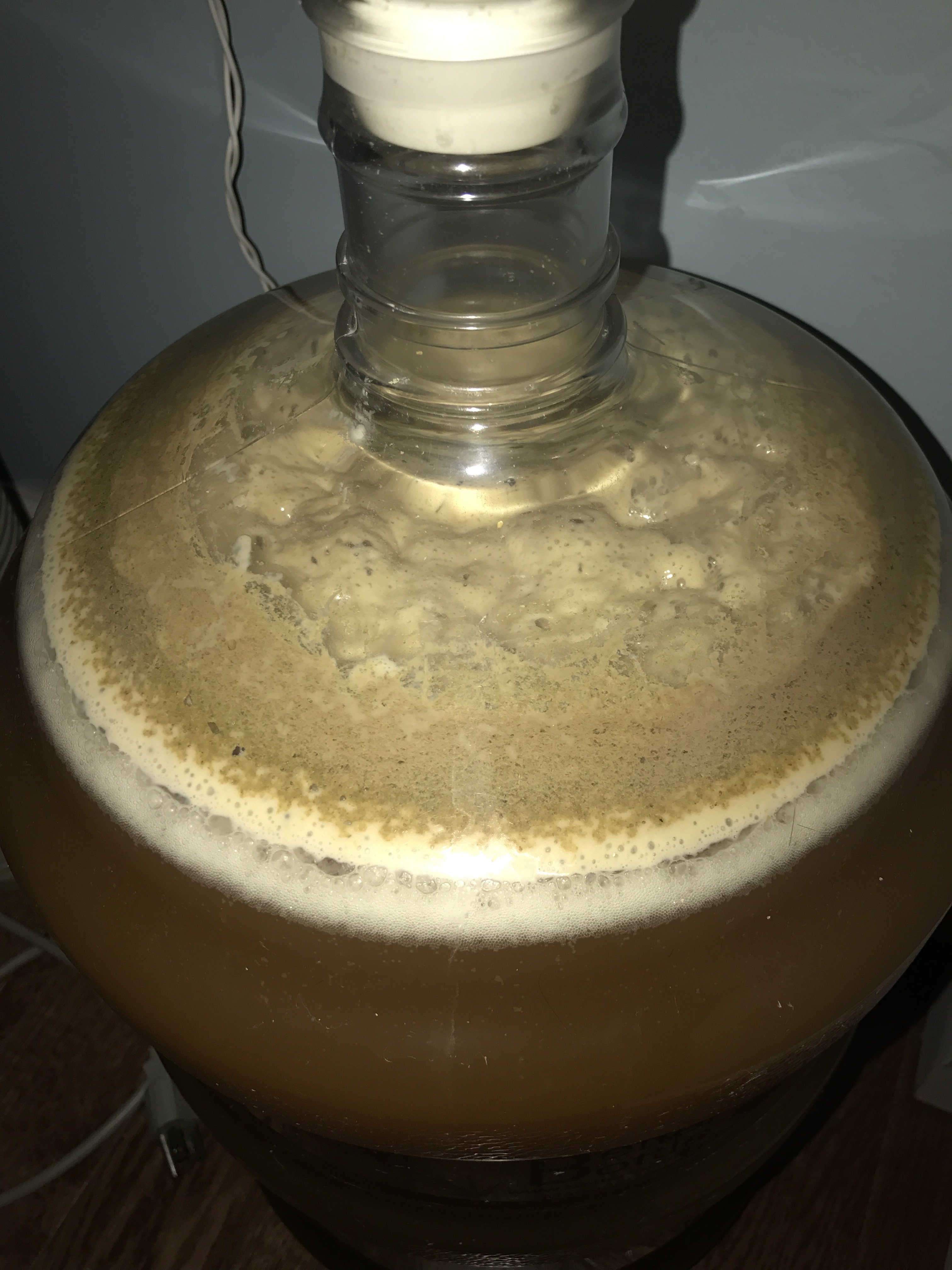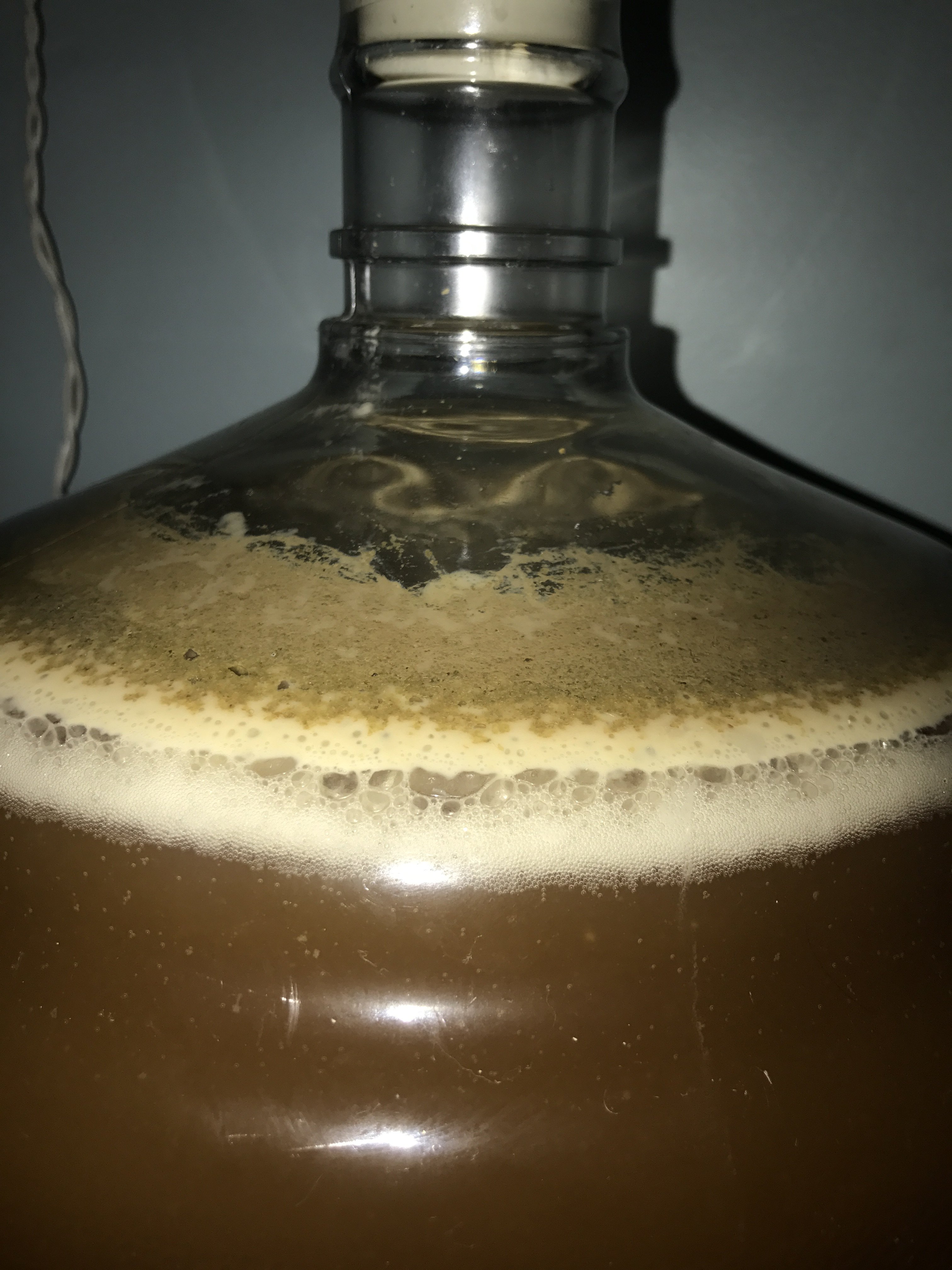- Joined
- Jan 17, 2014
- Messages
- 571
- Reaction score
- 175
1318 London Ale III
Started, pitched, harvested post fermentation from trub.
Started, over built for harvesting twice more.
Last time harvested was 12-29-16 and I estimated 160b cells. Estimate based on online calculator and ZERO scientific measurement. Hence, estimate.
Ok. I'd like to use this yeast if I can. Conditions for storage have been good. Kept in mason jars under wort and refrigerated.
I realize using harvested yeast within 6 months is ideal. If I build a starter with this yeast, is there any kind of surefire way to verify viability before pitching to wort? All advice appreciated, thanks.
Started, pitched, harvested post fermentation from trub.
Started, over built for harvesting twice more.
Last time harvested was 12-29-16 and I estimated 160b cells. Estimate based on online calculator and ZERO scientific measurement. Hence, estimate.
Ok. I'd like to use this yeast if I can. Conditions for storage have been good. Kept in mason jars under wort and refrigerated.
I realize using harvested yeast within 6 months is ideal. If I build a starter with this yeast, is there any kind of surefire way to verify viability before pitching to wort? All advice appreciated, thanks.
















![Craft A Brew - Safale S-04 Dry Yeast - Fermentis - English Ale Dry Yeast - For English and American Ales and Hard Apple Ciders - Ingredients for Home Brewing - Beer Making Supplies - [1 Pack]](https://m.media-amazon.com/images/I/41fVGNh6JfL._SL500_.jpg)









































